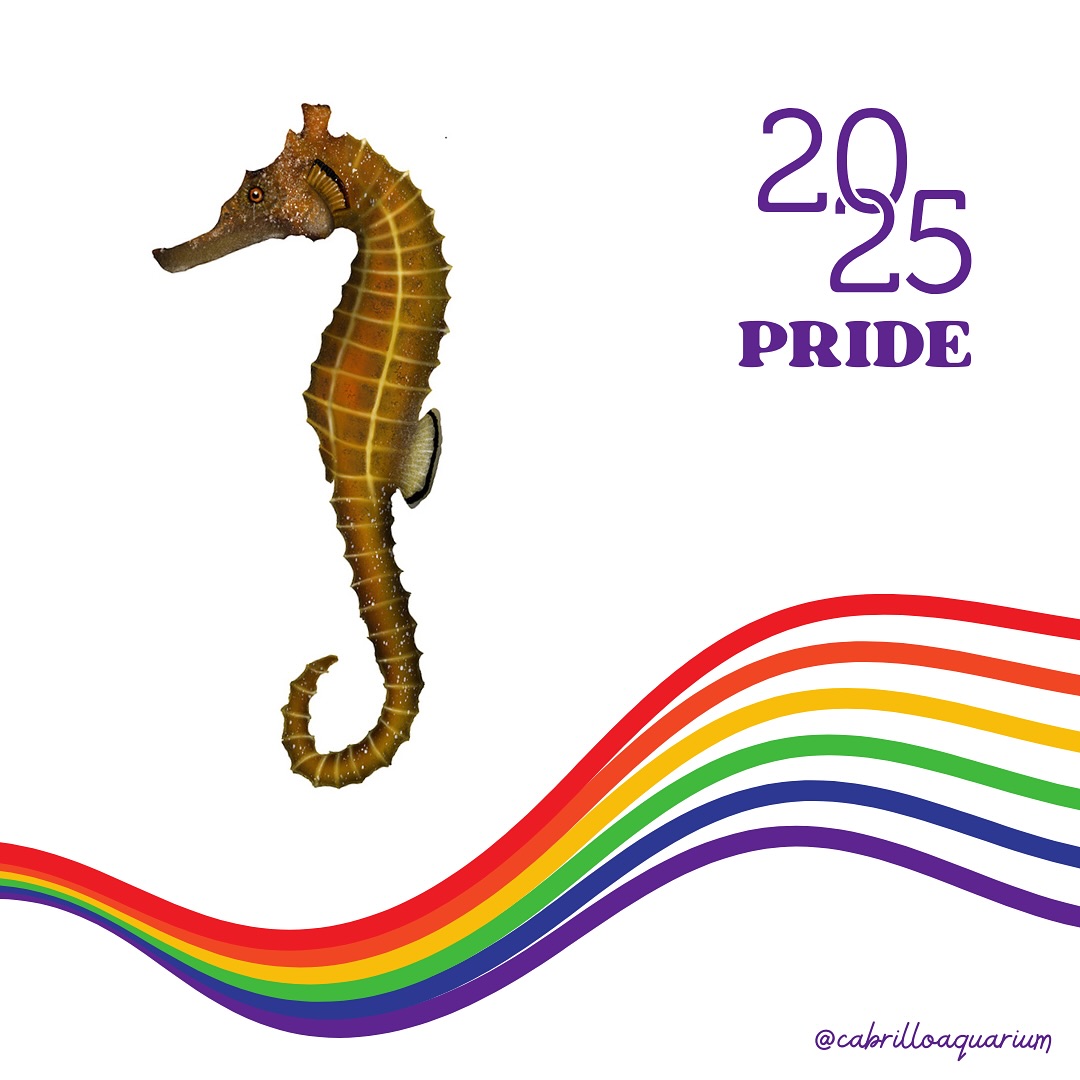- Seahorses break traditional gender roles with males taking on the role of pregnancy and childbirth.
- Many seahorse species demonstrate flexible mating practices, with tendencies towards both monogamous and diverse partnerships.
- Male pregnancy in seahorses is a complex process involving intricate biological systems.
- Seahorse reproduction and social structures provide intriguing insight into biodiversity and evolutionary adaptation.
- Conservation efforts are crucial for the survival of seahorse populations, impacted by environmental changes and human activities.
Seahorses, often celebrated for their distinctive appearance and behaviors, challenge conventional notions of reproductive roles in the animal kingdom. One of the most fascinating aspects of their biology is the reversal of traditional gender roles. In seahorse species, it is the males who become pregnant and give birth. This captivating process has sparked interest among scientists, conservationists, and the public alike.
In seahorses, the female transfers her eggs to a specialized brood pouch located on the male’s abdomen. This process marks the beginning of male pregnancy, a unique adaptation within the animal world. As the eggs settle into the pouch, the male fertilizes them internally. Over a period of several weeks, the male seahorse nurtures the developing embryos, providing them with nutrients, oxygen, and protection. This extraordinary method ensures that male seahorses undertake the majority of the parental investment, a role typically associated with females in many other species.
The flexible mating behaviors of seahorses add another layer of complexity to their reproductive strategy. While some species are monogamous, forming pairs that last for the breeding season or even longer, others exhibit a more varied approach. In certain species, individuals may switch partners between breeding cycles or even during a single season. This flexibility allows seahorses to adapt to changing environmental conditions and improve their reproductive success.
Male pregnancy involves intricate physiological changes. The brood pouch, central to this process, undergoes significant transformation to support the developing young. Inside the pouch, the embryos are bathed in a controlled environment that facilitates nutrient exchange and waste removal. The male’s body regulates these functions, ensuring that the embryos receive everything they need. At the end of the gestation period, which can range from a few weeks to several months depending on the species, the male undergoes contractions to release fully formed, miniature seahorses into the water.
The reproductive strategies of seahorses showcase the incredible diversity and adaptability found within the animal kingdom. By reversing typical reproductive roles, seahorses provide a unique angle from which to explore evolutionary biology. Their mating systems, whether monogamous or flexible, underscore the role of environmental pressures and biological necessities in shaping animal behavior. Seahorses exemplify how species can evolve complex social and reproductive structures to thrive in their specific niches.
However, this evolutionary success is now under threat. Seahorse populations are facing significant challenges due to habitat destruction, pollution, and climate change. The loss of crucial habitats such as seagrass beds and coral reefs has resulted in declining numbers. Furthermore, seahorses are heavily impacted by the traditional medicine trade and the curio industry, where they are harvested for souvenirs and medicinal products.
To address these pressing issues, robust conservation measures are necessary. Protecting and restoring habitats where seahorses thrive can help stabilize populations. Marine reserves and protected areas are vital tools in this effort. Additionally, public awareness and education play essential roles in reducing demand for seahorses in commercial markets. International regulations, like those established by CITES (the Convention on International Trade in Endangered Species of Wild Fauna and Flora), aim to control the trade of seahorses and support sustainable management practices.
Conservationists also emphasize the importance of research to better understand seahorse ecology and biology. By studying their behaviors, migration patterns, and breeding habits, we can develop more effective conservation strategies. Building partnerships between governments, NGOs, scientists, and local communities is key to preserving these remarkable creatures for future generations.
Seahorses are a captivating subject for zoologists, conservationists, and enthusiasts worldwide. Their defiance of traditional gender roles, paired with their evolving mating systems and behaviors, makes them a vibrant symbol of nature’s creativity and adaptability. As we continue to study and protect these unique animals, they will undoubtedly offer further insights into the complexities of life and the importance of preserving biodiversity in our rapidly changing world.
*****
Source Description
Seahorses defy gender roles with the males bearing the eggs and giving birth. Many seahorse species exhibit a flexible approach to mating, with individuals forming relationships with both male and female partners, and some species being monogamous.

